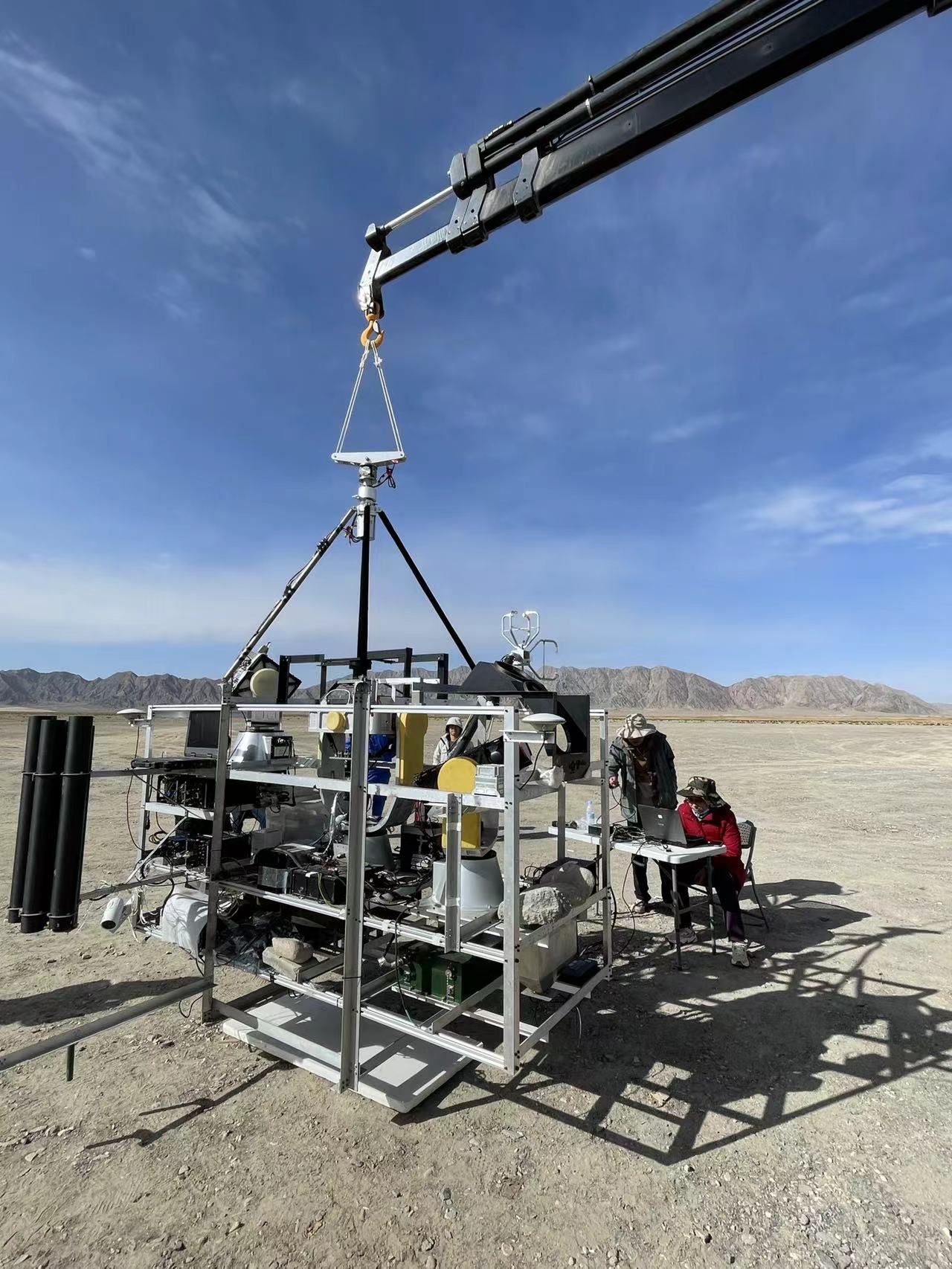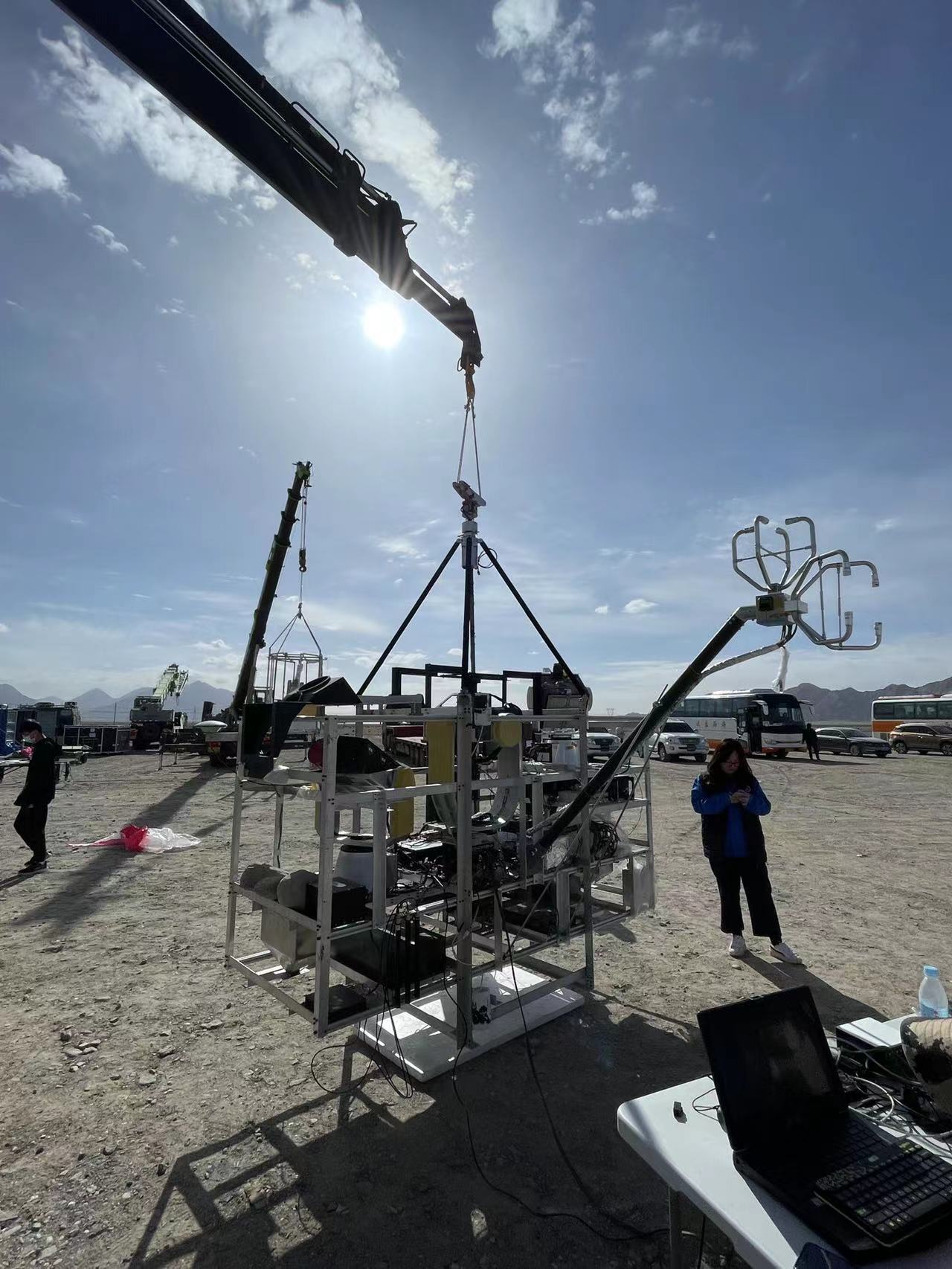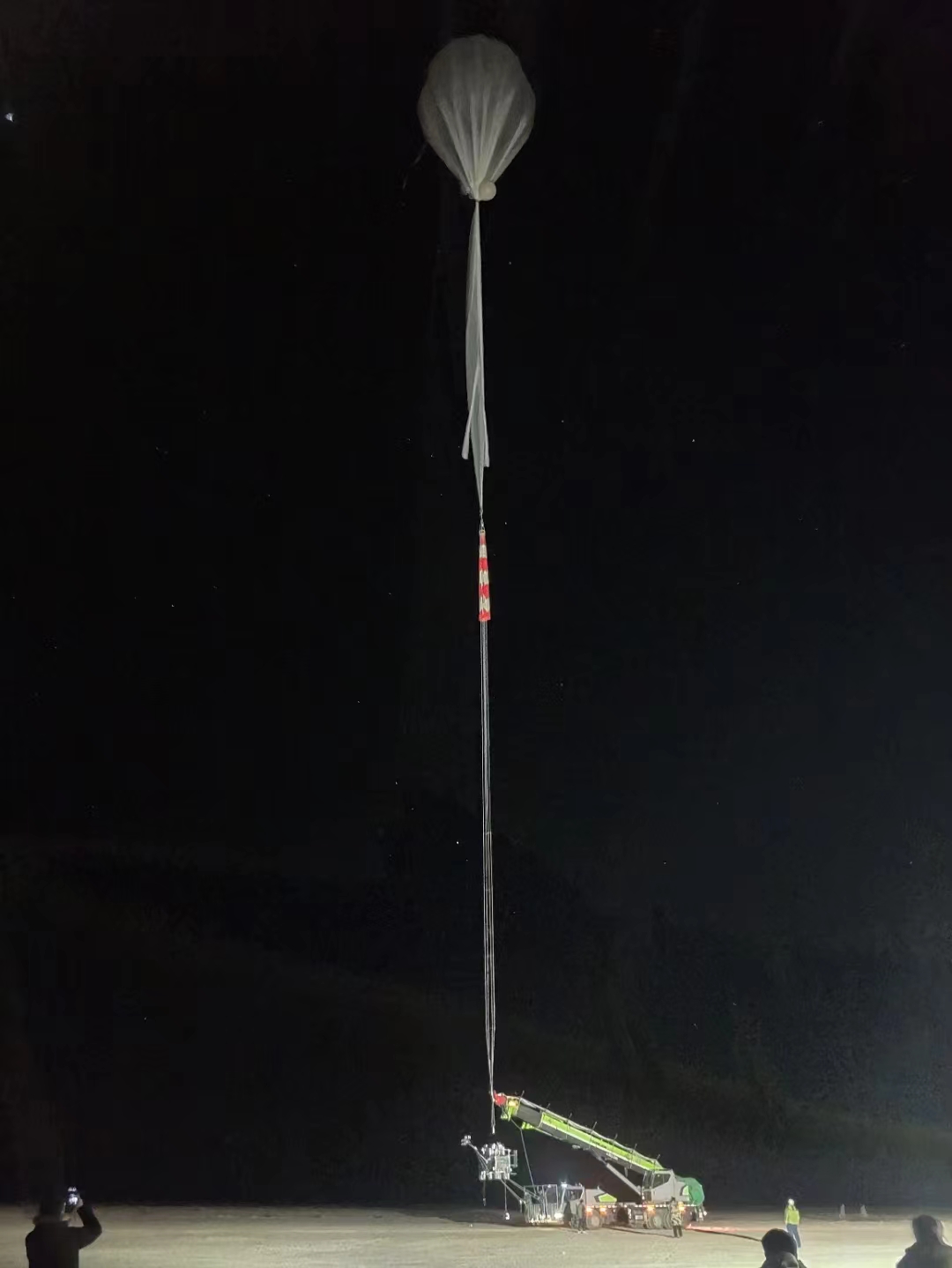Purpose of the flight and payload description
This balloon flight has been carried out under the umbrella of the Honghu Special Project (Near Space Science Experiment System) a strategic pilot technology program launched by the Chinese Academy of Sciences on March 2018. It focuses on the exploration and study of the near space environment, and relies on multi-type platforms to carry out the comprehensive detection of the near space with the most complete range of parameters possible.
Combined with multi-source data, the objective is to deeply describe the atmospheric environment, electromagnetic environment and radiation environment in the near space, and greatly improve the cognition and prediction of such realm. The aim of the program includes carrying balloon-based experiments in physics, chemistry, biology, optics, planetary space environment and remote sensing detection.Most of the balloon flights under the initiative made use of multi-instrumented platforms on which were performed experiments for all the disciplines mentioned above in a single flight.
Balloon launch operations are in charge of the Aerospace Information Research Institute.
In this flight, four payloads were included: a solar high-energy electromagnetic radiation detector, an ozone detector, an anemometer and an atmospheric particle radiation detector.
Details of the balloon flight
Balloon launched on: 9/28/2022 at 2:00 local time
Launch site: Dachaidan district, Qinghai Tibet Plateau, China
Balloon launched by: Aerospace Information Research Institute (AIR-CAS)
Balloon manufacturer/size/composition: Zero Pressure Balloon
Flight identification number: HH-21-6
End of flight (L for landing time, W for last contact, otherwise termination time): 9/28/2022 at 14:42 cst (L)
Balloon flight duration (F: time at float only, otherwise total flight time in d:days / h:hours or m:minutes - ): 12 h 38 m
The balloon was launched from Dachaidan, at 2:04 cst in the morning on September 28, 2022 and landed at 14:42 in the afternoon. The level flight lasted for 10 hours and 24 minutes. The payload recovery was completed in the afternoon of the same day.
External references
- News about the mission Website of the National Space Science Center (in Chinese)
- The Solar Fuv-Uv Spectra Measurement Experiment in the Near Space by High Altitude Balloon
- The Solar FUV-UV Spectra Measurement Experiment in the Near Space by High Altitude Balloon Sol Phys 299, 152 (2024)
16168If you consider this website interesting or useful, you can help me to keep it up and running with a small donation to cover the operational costs. Just the equivalent of the price of a cup of coffee helps a lot.





